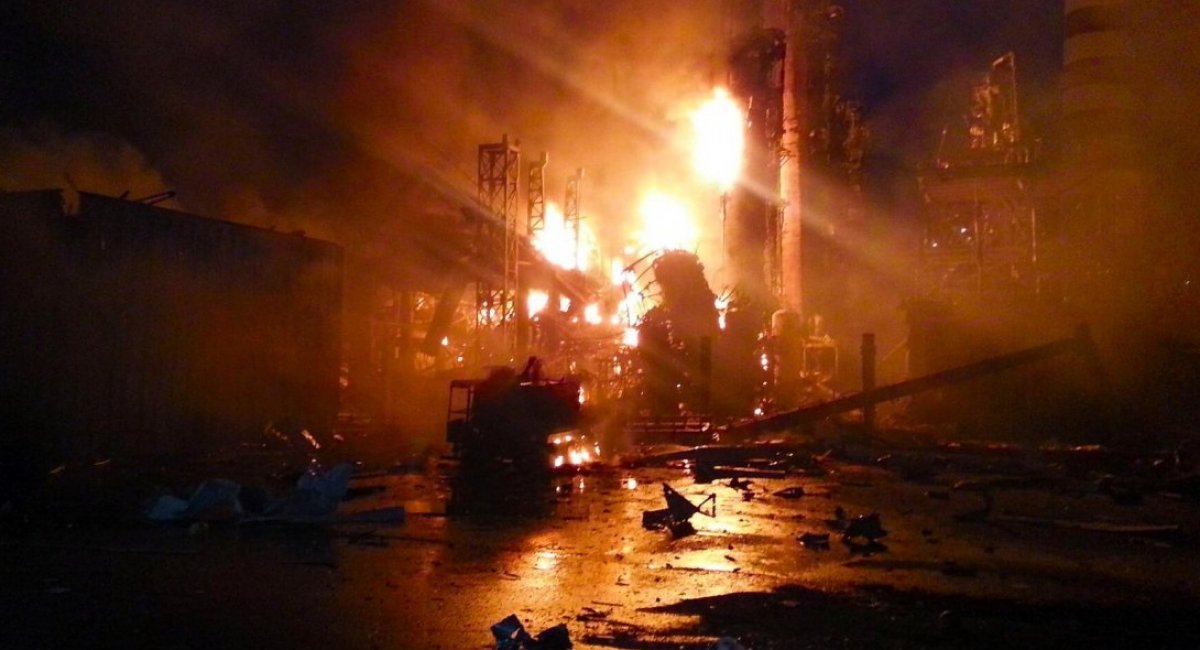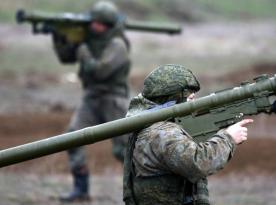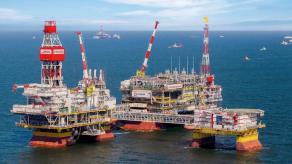Attacks on oil refineries of the russian federation have already become systematic. And the attack on the Volgograd Oil Refinery, which took place on Saturday, February 3, is far from the first and, obviously, far from the last. It is extremely important that in such cases the enemy suffers multibillion-dollar losses due to the destruction of extremely valuable equipment, as well as indirect losses due to the loss of production capacity and reduced production rates.
At the same time, the targets of the attack in all cases were not oil product storage facilities, but most importantly, oil processing facilities. Thus, during the last attack near Volgograd, the ELOU-AVT-5 primary oil processing facility was damaged, the reconstruction of which was carried out in 2022 for 12 billion rubles (about 132 million dollars at the current exchange rate).
Read more: Ukrainian Drone Attacks Oil Refinery in russian City of St. Petersburg, russian S-400 System Misses Intercept
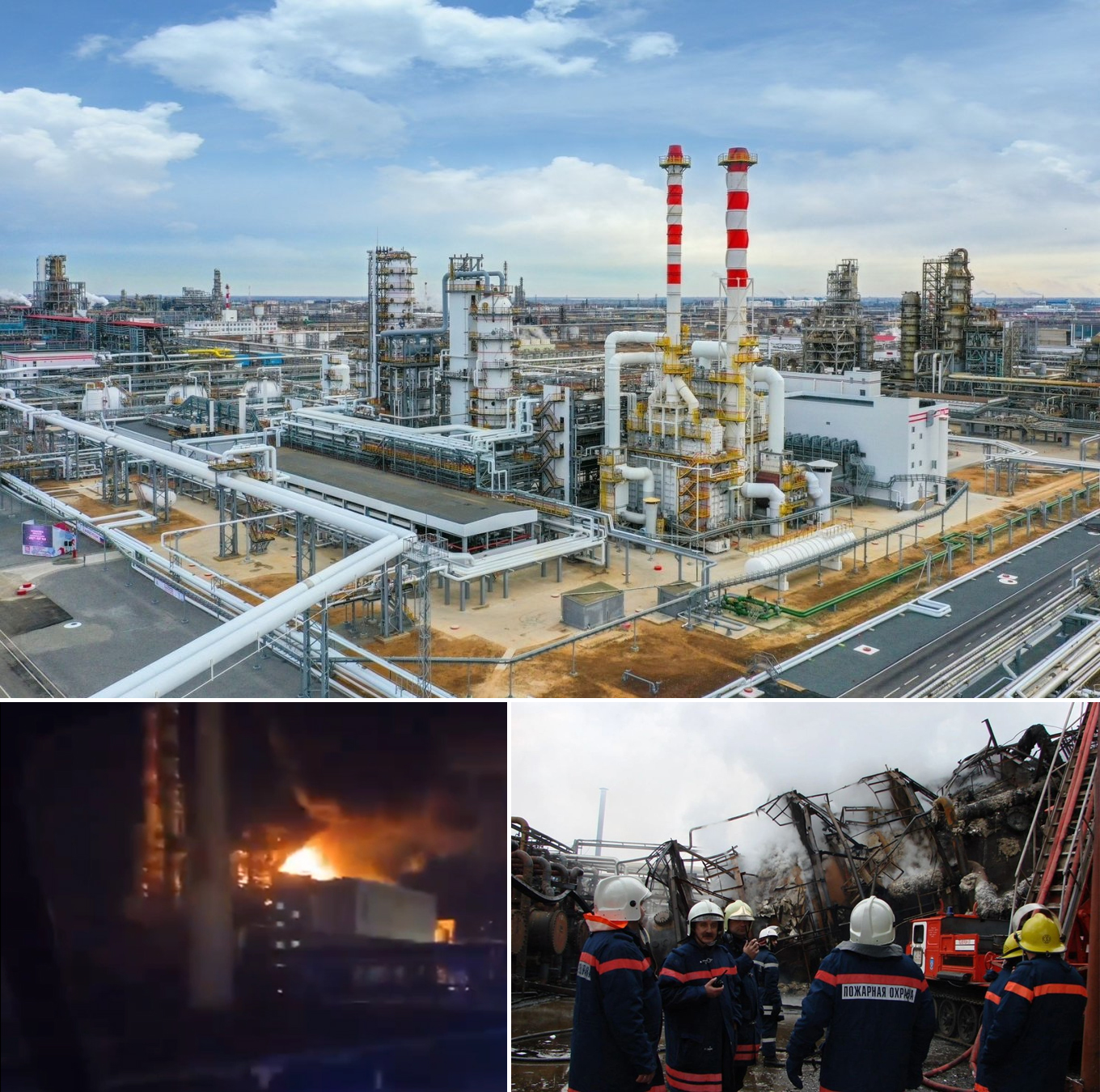
Similar installations were destroyed at many other russian oil refineries – for example, at the end of January this year in Tuapse. And this is just a continuation of the strikes, because in the spring and summer of 2023 it was possible to observe a series of strikes on refineries in the Krasnodar region, for example, on the Afipsky oil refineryAfipsky oil refinery.
A similar in principle and cost NGLs fractionation, handling and transportation complex in Ust-Luga, Leningrad Oblast, was affected on January 21 of this year on the coast of the Baltic Sea, 700 km from the border with Ukraine.
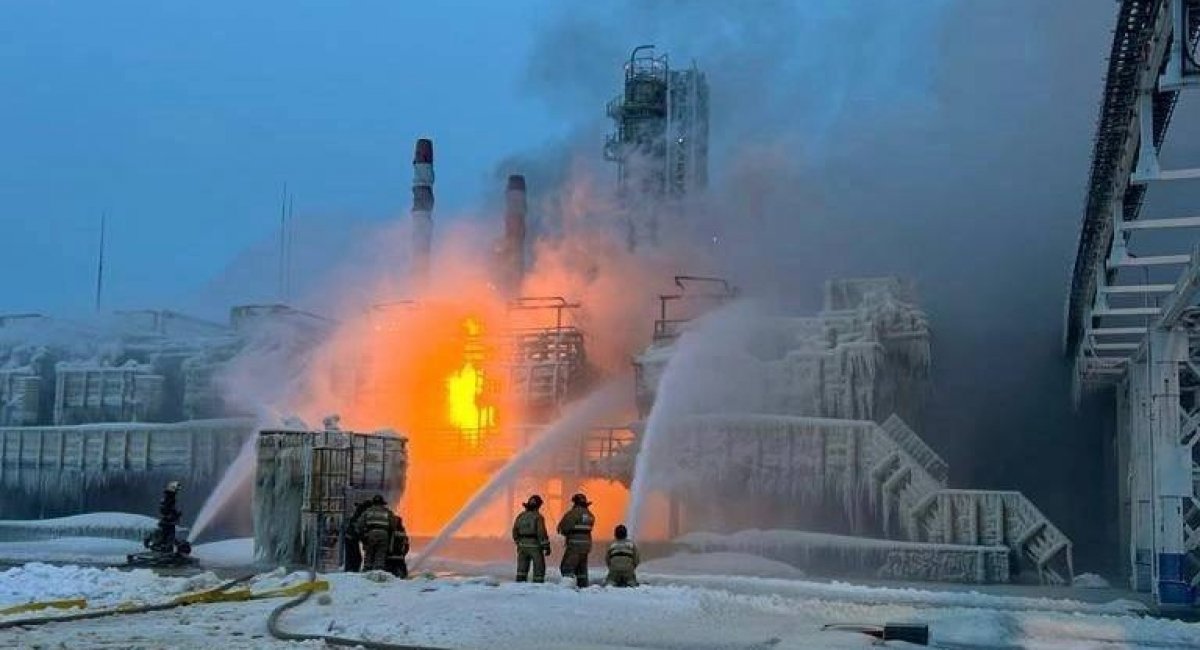
In general, since the beginning of russia's large-scale aggression against Ukraine, the following oil refineries have been hit by Ukrainian long-range weapons: Novoshakhtynskyi, which became the first such object to be hit in June 2022, Ilskyi, Afipskyi, Tuapse, Ryazan, Yaroslav, and Volgograd. In addition, on January 21 of this year the most powerful russian NGLs fractionation, handling and transportation complex in in the port of Ust-Luga on the Baltic Sea was damaged and disabled.
How critical are such blows and how long it takes for the enemy to recover it was demonstrated by the fire at the Achinsk Refinery in Krasnoyarsk Krai in June 2014. Then there was an explosion at the primary oil processing plant. Then the explosion occurred due to the corrosive destruction of the pipelines.

That time, as a result of the explosion, the refinery stopped working completely. In September (three months after the accident), only the start-up of some production lines began, and it was planned to resume production of a full range of petroleum products in six months according to temporary production schemes. And it was planned to fully restore the equipment in two years - in 2016. Insurance payments to the Achinsk refinery then amounted to a record 16.7 billion rubles - approximately 430 million dollars at the then exchange rate.
Now, similar events are taking place systematically at many russian oil refineries, which are being attacked by Ukrainian kamikaze drones. In addition to direct losses for the restoration or complete replacement of equipment, which is now significantly complicated by the sanctions imposed on the russian federation, there are also indirect losses due to the loss of production and a drop in the volume of sales, which, in turn, reduces the ability of the aggressor country to finance the war against Ukraine.
Even in peacetime, the failure of several oil refineries could create a significant problem, and in a situation where the Kremlin needs to provide a huge army that burns thousands of tons of fuel per day, it is not only about money, but also about the ability to provide the occupying forces with fuel - lubricants...
As Defense Express have reported, Another Oil Refinery Burned in russia Due to Ukrainian Drone Attack.
Read more: Ukraine Is Building Up Its Long-range Strike Capabilities




